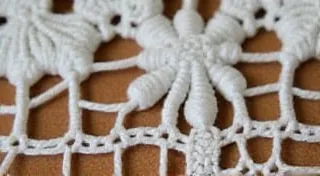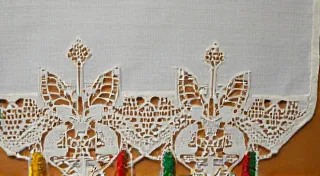Identifying Bobbin Lace Thread: Linen, Silk, and Cotton
Understanding the thread used in bobbin lace is a crucial element in identifying its age, origin, and overall quality. While many factors contribute to a lace’s value, the type of thread significantly impacts its appearance, durability, and historical context. This article explores the characteristics of the three most common threads used in bobbin lace: linen, silk, and cotton. Accurate identification isn’t just about aesthetics; it’s about piecing together a story, a history woven into the delicate structure of the lace. For those seriously interested in understanding the nuances of antique bobbin lace, exploring the broader field of dating techniques can be incredibly helpful – see our article on dating bobbin lace for more information.
Linen Lace: Strength and Simplicity
Linen was the most frequently used thread for bobbin lace production, particularly from the 16th to the 19th centuries. Its strength and availability made it a practical choice for both household lacemakers and commercial production. Identifying linen in antique bobbin lace requires careful examination. The history of linen itself is fascinating; it was a staple fabric long before the rise of more specialized threads, and its prevalence in lace production reflects that long-standing importance. Consider, too, that imperfections in linen often add character and are a testament to the handcrafting process.
Characteristics of Linen Lace Thread:
- Appearance: Linen typically appears a creamy off-white or beige color. As it ages, it can yellow or develop a subtle brown tint. The individual fibers are visible under magnification, appearing somewhat flat and somewhat irregular. The variation in color can be subtle, and changes over time can be influenced by storage conditions and exposure to light.
- Texture: Linen feels slightly rough or textured to the touch, even when finely spun. It has a substantial feel. The distinctive texture is a key identifier – it’s not always easy to discern without experience.
- Durability: Linen is remarkably strong and durable. Lace made from linen can withstand considerable wear and tear. This inherent strength is why linen lace often survives in relatively good condition despite its age.
- Aging: Linen tends to become brittle with age, especially if poorly stored. It may also develop a slightly yellowed or brownish discoloration. Proper storage is critical in preserving antique linen lace.
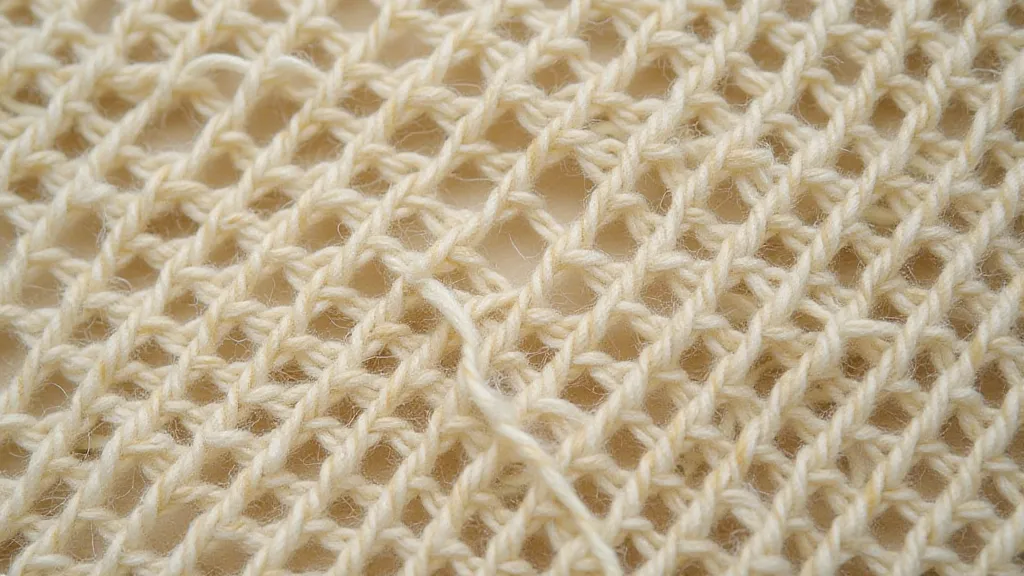
Silk Lace: Luxury and Refinement
Silk lace represents a more luxurious and often more valuable type of bobbin lace. While less common than linen, silk lace was frequently used for special occasions and fine garments. The use of silk was prevalent from the 17th century onwards, particularly in regions like Italy and France. Silk, with its inherent sheen and delicacy, lends a truly exceptional quality to bobbin lace. Identifying silk lace requires a keen eye; the subtle differences between silk and linen can be surprisingly easy to miss for the uninitiated. Beyond simple identification, many collectors enjoy exploring the interplay of lace with other fabrics and embellishments. Techniques like faggoting, which combines lace with other textiles, can be remarkably beautiful. For a deeper look at this technique, explore our article on the art of faggoting.
Characteristics of Silk Lace Thread:
- Appearance: Silk thread has a characteristic sheen and luster. It can be naturally white or come in various colors, although naturally white silk was the most common for bobbin lace. The specific shade of white can vary depending on the origin and processing of the silk.
- Texture: Silk feels smooth and soft to the touch, significantly softer than linen. The tactile difference is immediately noticeable.
- Durability: While strong, silk is more delicate than linen and susceptible to damage from sunlight and moisture. Proper handling and storage are crucial to prevent deterioration.
- Aging: Silk can become brittle and discolored with age, although it tends to retain more of its original luster than linen. The aging process can be unpredictable, influenced by a multitude of factors.
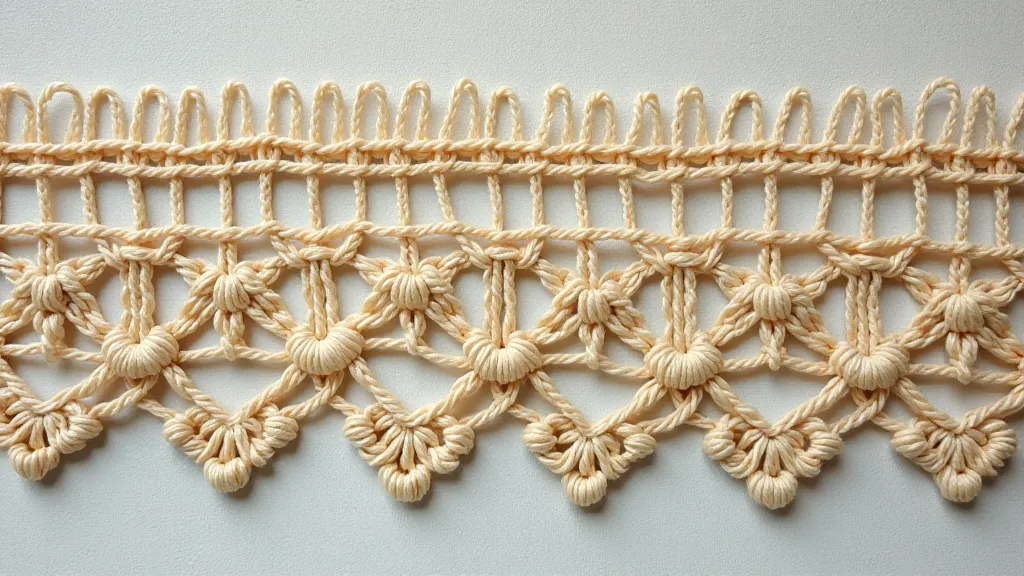
Cotton Lace: A Later Development
Cotton lace production for bobbin lace is a relatively later development, becoming more common in the 19th century, particularly with the industrial revolution and increased availability of cotton thread. Early cotton lace was often coarser than linen or silk lace. The shift towards cotton lace reflects broader economic and technological changes. While often less prized than its linen and silk counterparts, cotton lace holds its own historical significance, particularly for understanding industrial textile production. Sometimes, recognizing whether a piece is linen, silk or cotton can be challenging, and the presence of imperfections can complicate the process. These imperfections, however, often tell their own story about the lace’s production and handling. For those fascinated by the nuances of antique lace, understanding how to identify these flaws is key. You can find more helpful information about recognizing defects in our article on common bobbin lace defects.
Characteristics of Cotton Lace Thread:
- Appearance: Cotton thread is typically a bright white color. It is generally less lustrous than silk. The brightness of the white can sometimes be an indicator of age and bleaching techniques.
- Texture: Cotton thread feels relatively soft, but less so than silk. It often has a slightly fuzzy or cottony feel. This fuzzy quality is a key distinguishing characteristic.
- Durability: Cotton is generally less durable than linen or silk. It is susceptible to damage from repeated washing. Gentle handling is essential to preserving cotton lace.
- Aging: Cotton can become brittle and discolored with age, though the discoloration is often a dull yellow rather than the brighter tones seen in linen or silk.
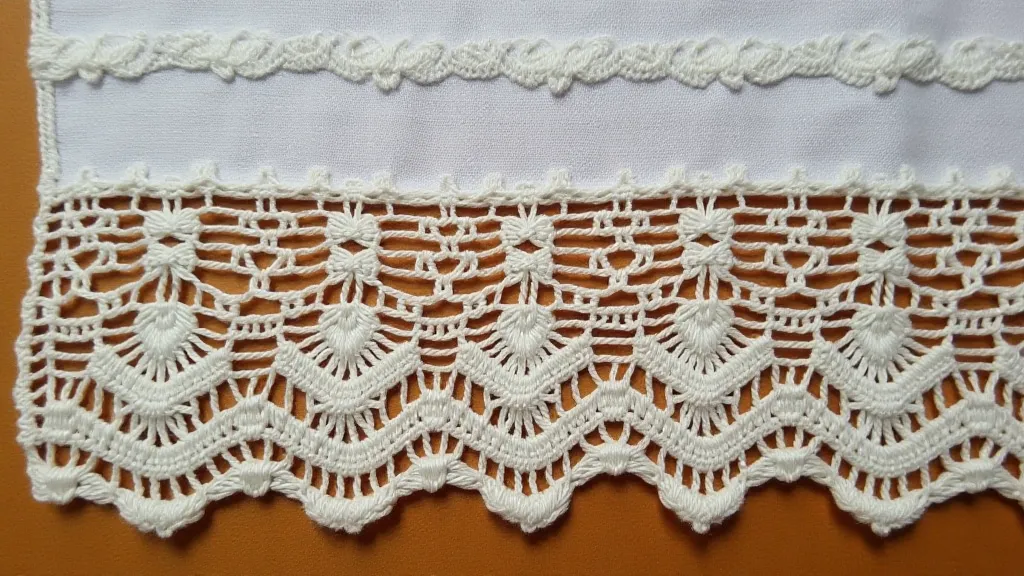
Conclusion
Identifying the thread used in bobbin lace requires careful observation and practice. While this article provides a basic overview, experience and familiarity with different types of lace will refine your ability to accurately identify the thread. The thread type significantly impacts the lace's historical context, value, and overall aesthetic appeal. The subtle differences between these threads can be quite nuanced, and mastering the ability to distinguish them is a rewarding journey for any lace enthusiast. Consider, too, that the age and origin of a piece can impact its condition and appearance, adding complexity to the identification process. The world of antique lace collecting is rich with history and artistry, and each piece holds a unique story waiting to be uncovered. Understanding the thread is the first step in unlocking that story.
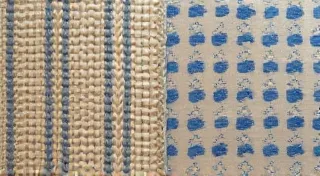
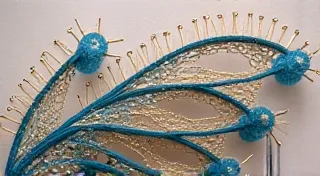
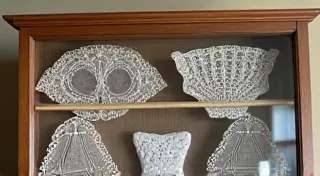
![The History of Bobbin Lace Making in [Specific Country/Region]](/thumbs/history-bobbin-lace-[country].webp)
